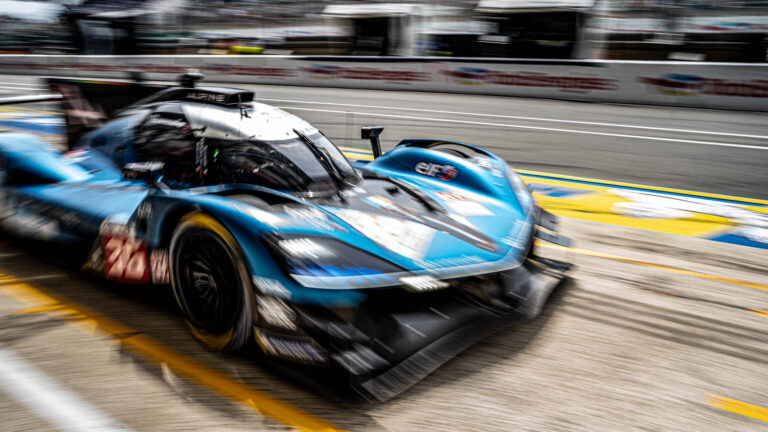Following ratification by the FIA World Motor Sport Council this week, several regulatory changes to the FIA World Endurance Championship and endurance racing in general were announced at the ACO press conference, ahead of the 92nd Le Mans 24 Hours this weekend (June 15-16).
The key takeaways from the announcement were that the current Hypercar rule set will remain in place until the end of 2029, while new LMP2 rules will now be pushed back until 2028 (instead of the previously mooted 2026). Hypercar manufacturers will be permitted an addition two development jokers, one apiece for the 2028 and 2029 seasons.
Furthermore, from 2025, manufacturers running Hypercars in the WEC must commit to at least a two-car entry, meaning independents such as Isotta Fraschini, currently running single cars, will have to up their efforts. To accommodate this ruling, and the arrival of Aston Martin with the Valkyrie in 2025 (which confirmed a tw0-car entry concurrently to the ACO/FIA announcement), the WEC grid is increase to 40 cars.
The direction of new regulations for LMP2 is still somewhat hazy. However, the FIA and ACO stated that the focus on any new rule set will be on a downsized powertrain and lower weight. Though not mentioned in the official statements, the idea of hybridization has been mooted, though what benefits this could bring to the class are unclear.
Speaking to those involved in the LMP2 class, it is evident that the business case for LMP2 manufacture as a profitable venture will have to be made, given the current Oreca stranglehold on the market. If construction of an LMP2 chassis is to remain a prerequisite for being an LMDh supplier, as is currently the case, these commercial concerns must be addressed.



